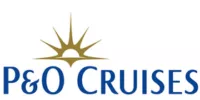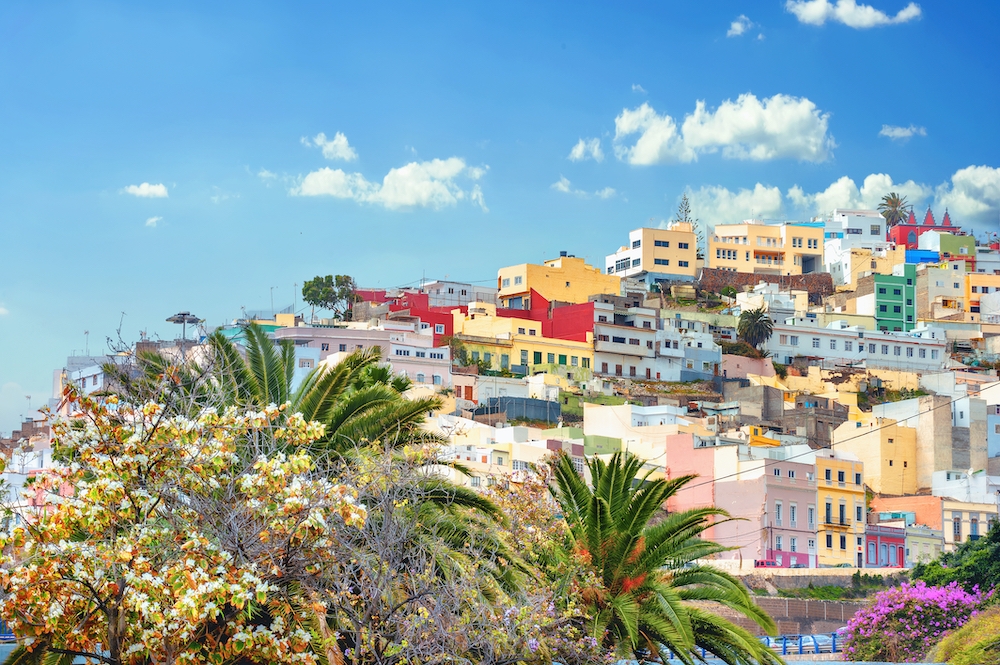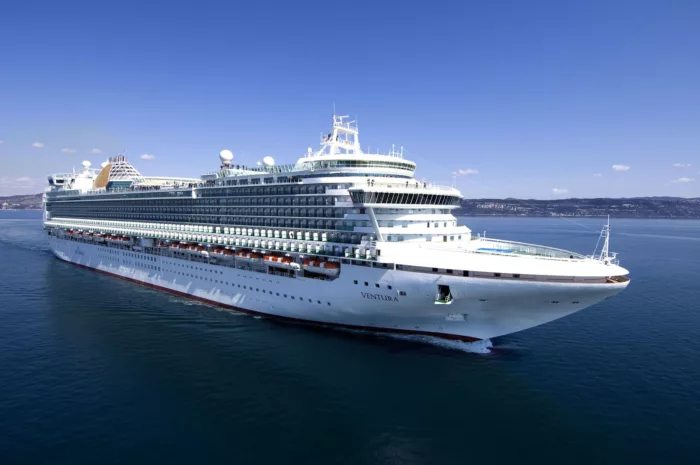Visiting:
Europe

P&O Cruises
Welcome to the P&O cruise experience - where quality and value abide in perfect harmony.
P&O Cruises offer a distinctive style that appeals to both new and veteran travellers alike, with trademark sailings providing opportunities for the whole family to enjoy.
Cruises for those seeking an adult-only vibe are available, while those who prefer smaller ships can choose from more modest vessels.
1874
Passengers
850
Crew
2000
Launched
2019
Last refit
76152t
Tonnage
270m
Length
32m
Width
24kts
Speed
9
Decks
GBP
Currency
Cruise Itinerary
Day 1
Southampton, England
Days 2 - 3
At Sea
Relax and make the most of the myriad of facilities available on board the ship, from fantastic entertainment to delicious and diverse dining options.
Day 4
Cobh, Ireland
Arrival Time: Early Morning; Depart Time: Early Evening
Day 5
Dunmore East, Ireland
Arrival Time: Early Morning; Depart Time: Early Evening
Days 6 - 7
Liverpool, England
Depart Time: Early Evening
Day 8
Belfast, Northern Ireland
Arrival Time: Early Morning; Depart Time: Evening
Day 9
Greenock, Scotland
Arrival Time: Early Morning; Depart Time: Early Evening
Day 10
At Sea
Relax and make the most of the myriad of facilities available on board the ship, from fantastic entertainment to delicious and diverse dining options.
Day 11
Kirkwall, Orkney Islands, Scotland
Arrival Time: Early Morning; Depart Time: Early Evening
Day 12
Lerwick, Shetland Islands, Scotland
Arrival Time: Early Morning; Depart Time: Early Evening
Day 13
At Sea
Relax and make the most of the myriad of facilities available on board the ship, from fantastic entertainment to delicious and diverse dining options.
Day 14
Queensferry, Scotland
Arrival Time: Early Morning; Depart Time: Early Evening
Days 15 - 16
At Sea
Relax and make the most of the myriad of facilities available on board the ship, from fantastic entertainment to delicious and diverse dining options.
Day 17
Southampton, England

Day 1
Southampton, England

Days 2 - 3
At Sea

Day 4
Cobh, Ireland

Day 5
Dunmore East, Ireland

Days 6 - 7
Liverpool, England

Day 8
Belfast, Northern Ireland

Day 9
Greenock, Scotland

Day 10
At Sea

Day 11
Kirkwall, Orkney Islands, Scotland

Day 12
Lerwick, Shetland Islands, Scotland

Day 13
At Sea

Day 14
Queensferry, Scotland

Days 15 - 16
At Sea

Day 17
Southampton, England
Ship Details


P&O Cruises
Aurora
Exclusively for adults - Mid-sized Aurora is a world-class ship, bringing you the joys of classic cruise travel. In April 2019, she enjoyed a refit and started an exciting new chapter as a ship that caters exclusively for adults.
Cabins
All Prices









